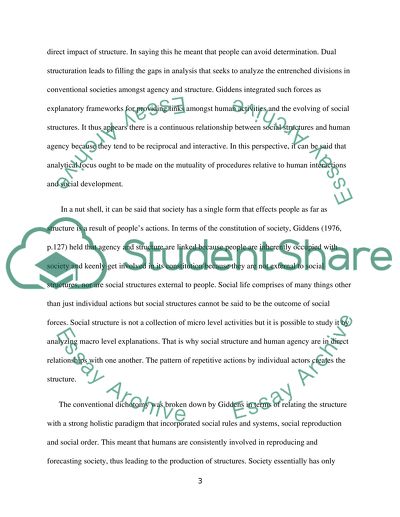Cite this document
(“The Agency-Structure Relationship Review Essay Example | Topics and Well Written Essays - 1500 words”, n.d.)
The Agency-Structure Relationship Review Essay Example | Topics and Well Written Essays - 1500 words. Retrieved from https://studentshare.org/sociology/1440779-the-agency-structure-relationship-review-antony
The Agency-Structure Relationship Review Essay Example | Topics and Well Written Essays - 1500 words. Retrieved from https://studentshare.org/sociology/1440779-the-agency-structure-relationship-review-antony
(The Agency-Structure Relationship Review Essay Example | Topics and Well Written Essays - 1500 Words)
The Agency-Structure Relationship Review Essay Example | Topics and Well Written Essays - 1500 Words. https://studentshare.org/sociology/1440779-the-agency-structure-relationship-review-antony.
The Agency-Structure Relationship Review Essay Example | Topics and Well Written Essays - 1500 Words. https://studentshare.org/sociology/1440779-the-agency-structure-relationship-review-antony.
“The Agency-Structure Relationship Review Essay Example | Topics and Well Written Essays - 1500 Words”, n.d. https://studentshare.org/sociology/1440779-the-agency-structure-relationship-review-antony.


